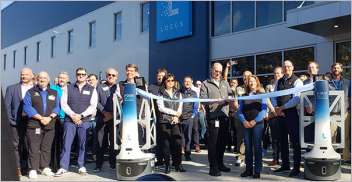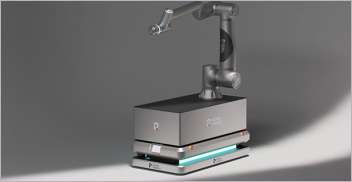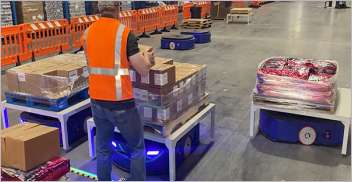Editors’ Picks





Southwest Research Institute (SwRI) provides independent expert research and development, advanced robotic system capabilities, and custom hardware designs, which include perception systems, mobile manipulation, and automation process development. SwRI launched the Robot Operating System-Industrial (ROS-I) open-source project. ROS-I is now a global initiative steered by a global consortium, and it includes innovative software capabilities and applications for industry based on foundational open-source building blocks. Headquartered in San Antonio, SwRI is an independent, nonprofit, applied R&D organization. More than 2,800 engineers, scientists, analysts, and technologists perform contract research and development for government and industrial clients worldwide.



